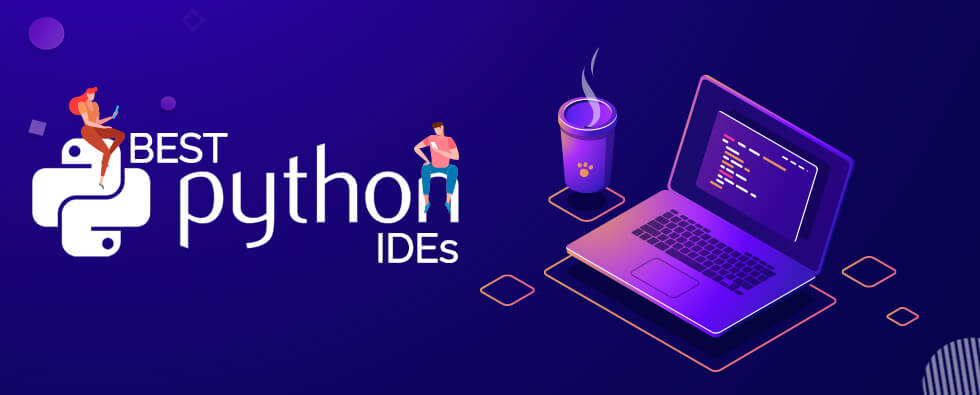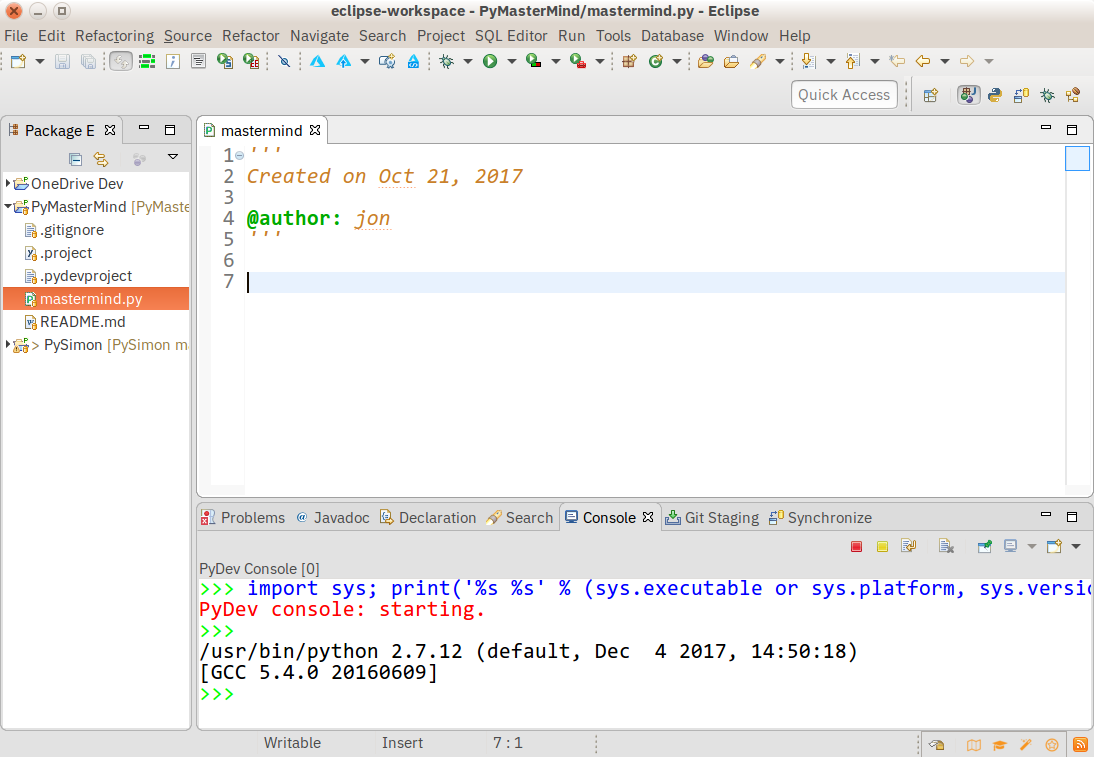

Tkinter is available under the Python license, on top of the BSD license of Tcl/Tk. Simple examples are easy to get started with and fairly human-readable.
#BEST PYTHON IDE FOR GUI CODE#
The advantage of choosing Tkinter is the vast number of resources, including books and code samples, as well as a large community of users who may be able to help you out if you have questions. Tkinter is a wrapper around Tcl/Tk, a popular graphical interface and language pairing first popularized in the early 90s. If there were a single package which might be called the "standard" GUI toolkit for Python, it would be Tkinter.

PyQt is dual licensed under both a commercial and GPL license, not unlike Qt project itself, and the primary company supporting PyQt offers a license FAQ to help understand what this means for your application.įor another option to use Qt libraries with Python, consider Qt for Python (commonly known as PySide2), available under the LPGL.

Writing Python applications around Qt means you have access to QtCreator, which features a designer mode to generate code for the layout of your application. Qt is well established in the developer community and has tooling reflecting that. This opens up the possibility of developing applications in Python which have a familiar look and feel across many platforms, while taking advantage of the tools and knowledge of the large Qt community. PyQt implements the popular Qt library, and so if you are familiar with Qt development in another language, perhaps from developing native applications for KDE or another Qt-based desktop environment, you may already be familiar with Qt.

Still sure you want to build a GUI? Great, here are a few fantastic open source libraries to get you started. You can even use a library like pywebview to put a thin wrapper around a web application in a native GUI window.Īlternately, you can use a framework like Pyforms to build a consistent experience across the web, command line, and desktop, all with a single code base. Similarly, a web interface, even for a program meant to be run locally, might be an option worth considering, particularly if you think your users may wish to host your application remotely, and projects like Django, Flask, or Pyramid all make this straightforward. The command line offers many advantages-speed, remote access, reusability, scriptability, and control-which may be more important for your application's users than a graphical interface, and there are many libraries like Click, Cement, and Cliff that make it easier to design great command line programs. Many times, this is made obvious by what you're designing.īut for general purpose programs, don't count out either the command line or a web interface. If your application is inherently graphical, and is either optimized for or just makes sense to be run locally on a single local machine, then yes, you probably should consider building a desktop GUI.


 0 kommentar(er)
0 kommentar(er)
